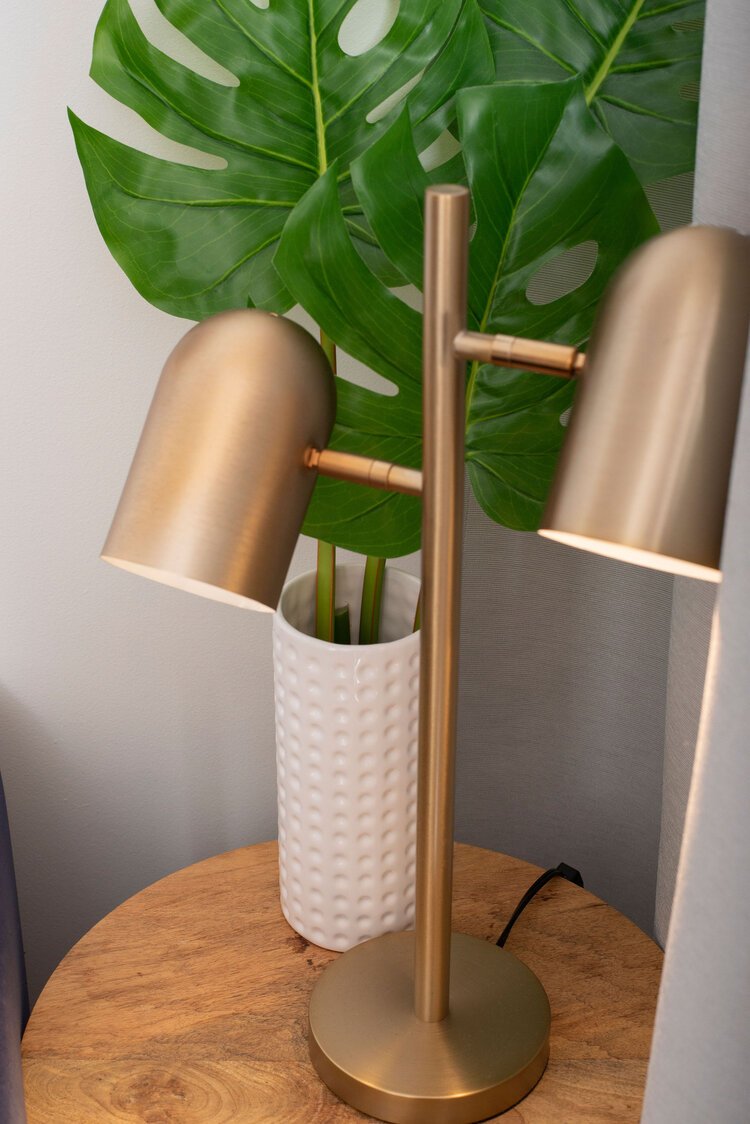The Importance of Light in Interior Design
When the clocks roll back it can sometimes seem like the cold dark months last forever. Light, particularly sunlight, assumes a basic part in human wellbeing as the primary clock for circadian rhythms (our bodies changes that follow a 24-hour cycle). Indoor conditions, for the most part, miss the mark on presence of sunlight and are exceptionally reliant upon electric lighting.
This factor alone makes it so incredibly important to have adequate lighting in every single room. Light may be a contributing factor on mood, level of consciousness and even contribute to your cognitive performance. When we talk about lighting in interior design, we think of our three main sources- and yes- each room should have all three.
Three Sources of Light for Every Room.
Imagine you walked into your bedroom after sunset and the only light source you had was a tiny desk lamp? The room would be dimly lit, you may have trouble finding things, or navigating your space, and your eyes likely wouldn’t thrive under these conditions. Every room should have three light sources. Ambient light, a task light and accent lights.
Ambient Lights
When designing a room, you may not always consider replacing the ceiling lights, they can become second thought to most, but should be highly regarded as ambient lighting contributes the most amount of light, aside from windows in any given room. Assess where you want the light to be to determine the best type of light fixture. Options such as track lighting that may highlight desired areas, chandeliers to add luxe to a dining room, flush pot lights for added brightness to potentially dark and low basement ceilings or even large floor lamps that illuminate a large space.
Ambient Lights in an open concept kitchen
Lamps make great ambient light as they can be a focal point in the design. With so many modern and trendy floor lamps available now, you can be sure that incorporating one in your living room will draw your gaze and create the desired feeling when you enter that room. Be sure to choose the right style for your space. A torchiere lamp will reflect light off the ceiling and a lamp with a shade with diffuse light towards the floor.
Task Lights
Task lights are usually LED lights that are fixed to a surface in a space that already has some ambient light. Generally, the use would be to direct light on a specific area such as a computer work space, a strip underneath your kitchen cabinets, or a string of pendant lamps over your kitchen ‘s prep area. Task lights are designed to bring extra light to spaces when performing taste such as reading, cooking or working on a computer.
Reading lamp on a side table used as task lighting
Accent Lights
If you’re looking to bring attention and a special feel to your home, accent lights should be considered in your design. They are used to highlight specific areas and intensify the object the light shines on. Some items that may be highlighted are plants on shelves, fireplaces, large decorative vases or even an accent wall. If you do end up highlighting an accent wall we always recommend using wall grazing light!
Types of light
Now that you’ve gotten all your fixtures in place, how do you decide on the type of light you want? There are hundreds of bulbs to choose from and different shades and even colours. We always recommend energy efficient lights, but you’ll still have to choose if you want your space to have warm light or cool light.
Warm Light or Cool Light?
As you gear up to make the final decision in your home lighting design, you will have to determine the look you’re going for. First we should outline the differences between the two types of light.
Warm light is often softer, with yellow undertones and will present itself as glowing. Cool light is a brighter, more clear light, and sometimes may have hues of blue as an undertone. Cool lighting is often associated with white light and a cleaner look.
Floor lamp with cool lights
You don’t have to choose the same for every light in your house. Warm light is a great addition to spaces like a living room where you would want to create a cozy feeling. Another example of warm lighting could be accent sconces in a hallway, or bedside tables to give you the perfect glow to settle down at the end of the night. Cool lighting can be used in places like ceiling lights in kitchens, and bathrooms where you want to ensure the space looks and feels bright and clean.
When you are choosing your types of lights and colours, be sure to consider how you want it to look and feel. Lighting can have a dramatic impact and at the end of the day, your home should be your haven! Design and style it in a way that suits your personality, your style and your preferences.
AM Modern Interiors is committed to helping you make your house your haven- reach out with any questions or inquiries.



